What is Curly Leaf and what causes it?
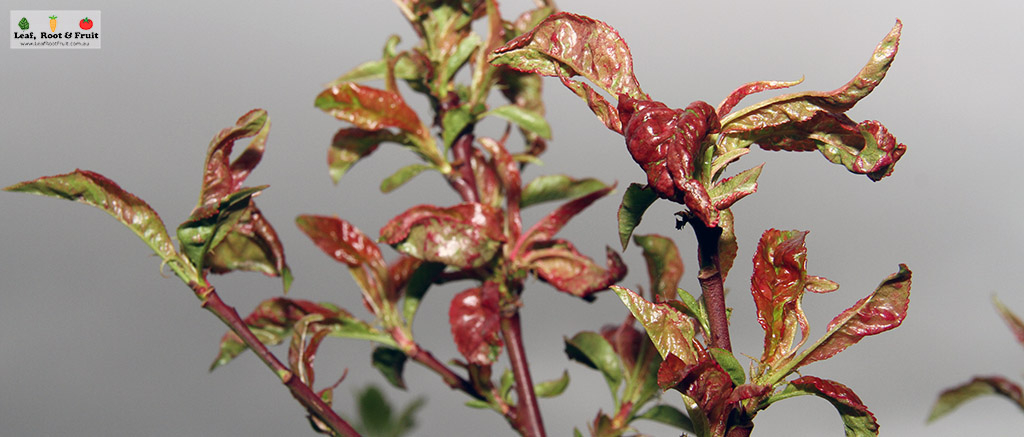
Leaf Curl (also known as Peach Leaf Curl) is a fungal disease caused by the pathogen Taphrina deformans. It affects the actively growing parts of peaches and nectarines in spring. You can readily identify it on your tree as distorted foliage with bright red patches. This is first noticeable a fortnight or so after the leaves start to emerge (around September).
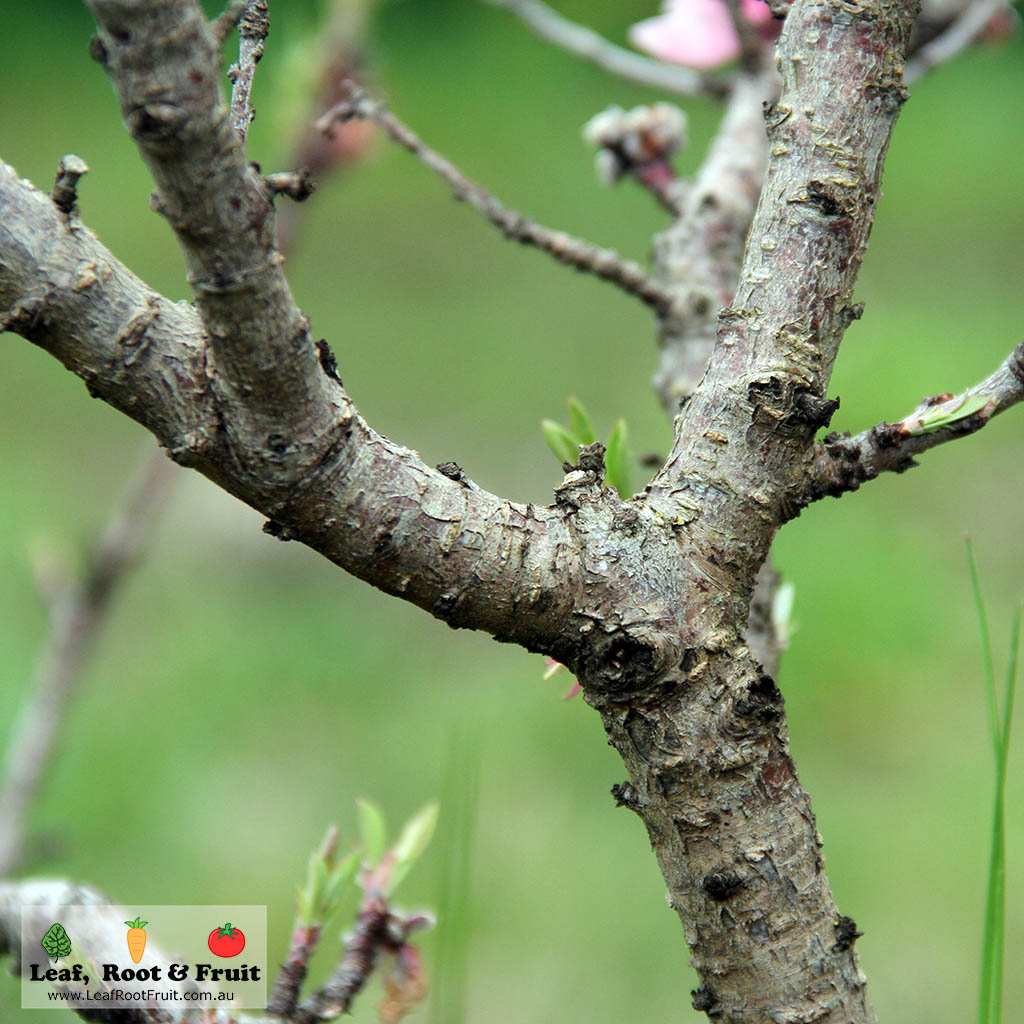
The fungus occurs naturally in your garden. It overwinters in the fissures on the tree bark. In spring it invades the plant tissues and grows between leaf cells. In the process it stimulates unregulated cell division and leaf growth. This out of control leaf growth causes swelling and distortion of the leaf.
Infected foliage usually aborts in early summer and the tree will grow a new set of leaves immediately afterwards. This second set of leaves does not typically show signs of the disease.
Many gardeners worry that Peach Leaf Curl may have a long term impact on the health and productivity of their stone fruit trees. In my experience, productivity may be reduced slightly but this disease should NOT be of a major concern to backyard growers. Occasionally a tree may become overwhelmed by the disease, but this is often because it was the wrong tree planted in the wrong location!
What is affected by Curly Leaf?
The following trees can be affected by Peach Leaf Curl:
- Peaches
- Ornamental Peaches
- Nectarines
In short, any tree from the species Prunus persica.
It can also affect almonds and apricots, although this is much less likely.
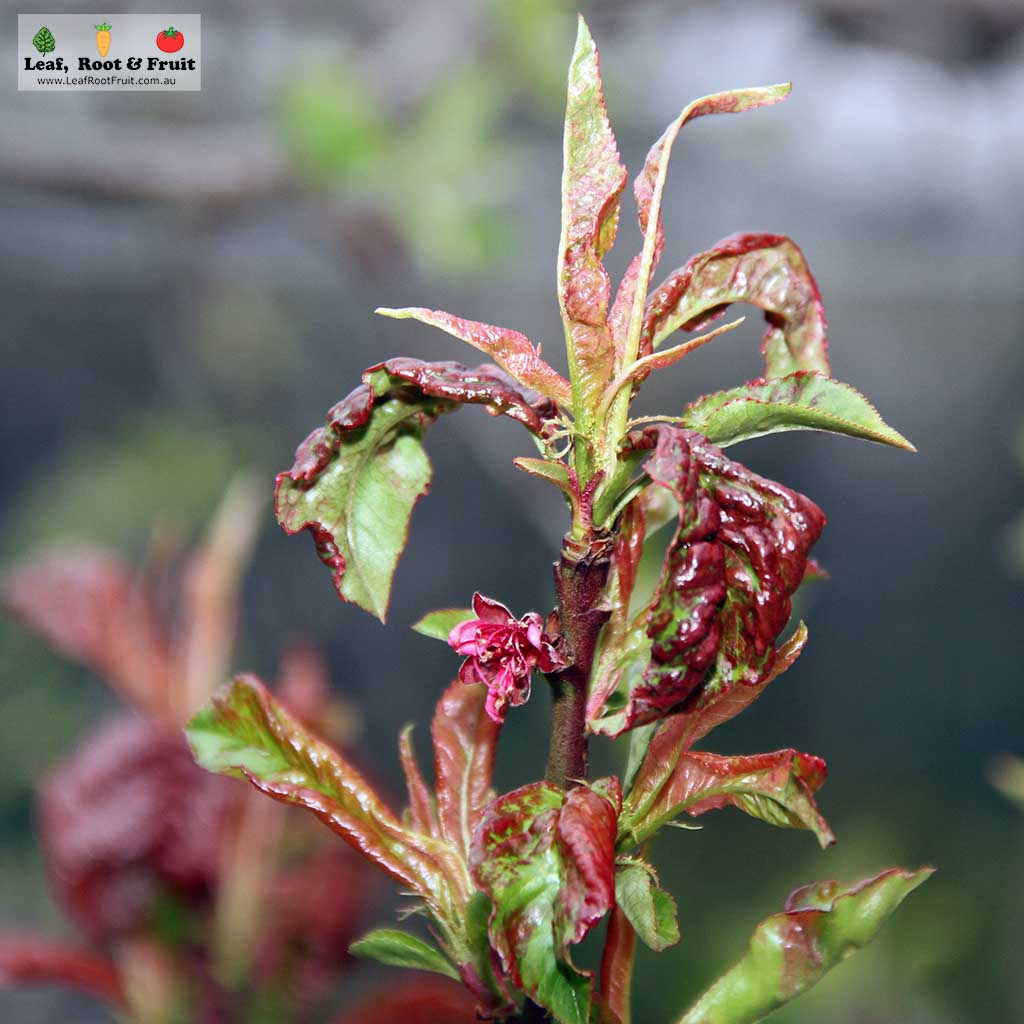
What is not affected curly leaf?
Other stone fruit and plants may display symptoms of Peach Leaf Curl. However, this disease only affects peaches and nectarines.
Plums are often misdiagnosed with this disease. However, plums with curling, distorted leaves at the same time of the year are usually infested with Leaf Curl Plum Aphid. This is a sap sucking insect that infested the new growing shoots of plums in spring. If you carefully uncurl the leaves you should be able to identify the small black aphids on the leaf undersides.
How to prevent Peach Leaf Curl?
There are a few strategies recommended to prevent Curly Leaf outbreaks in your backyard orchard.
Spraying to Prevent Curly Leaf
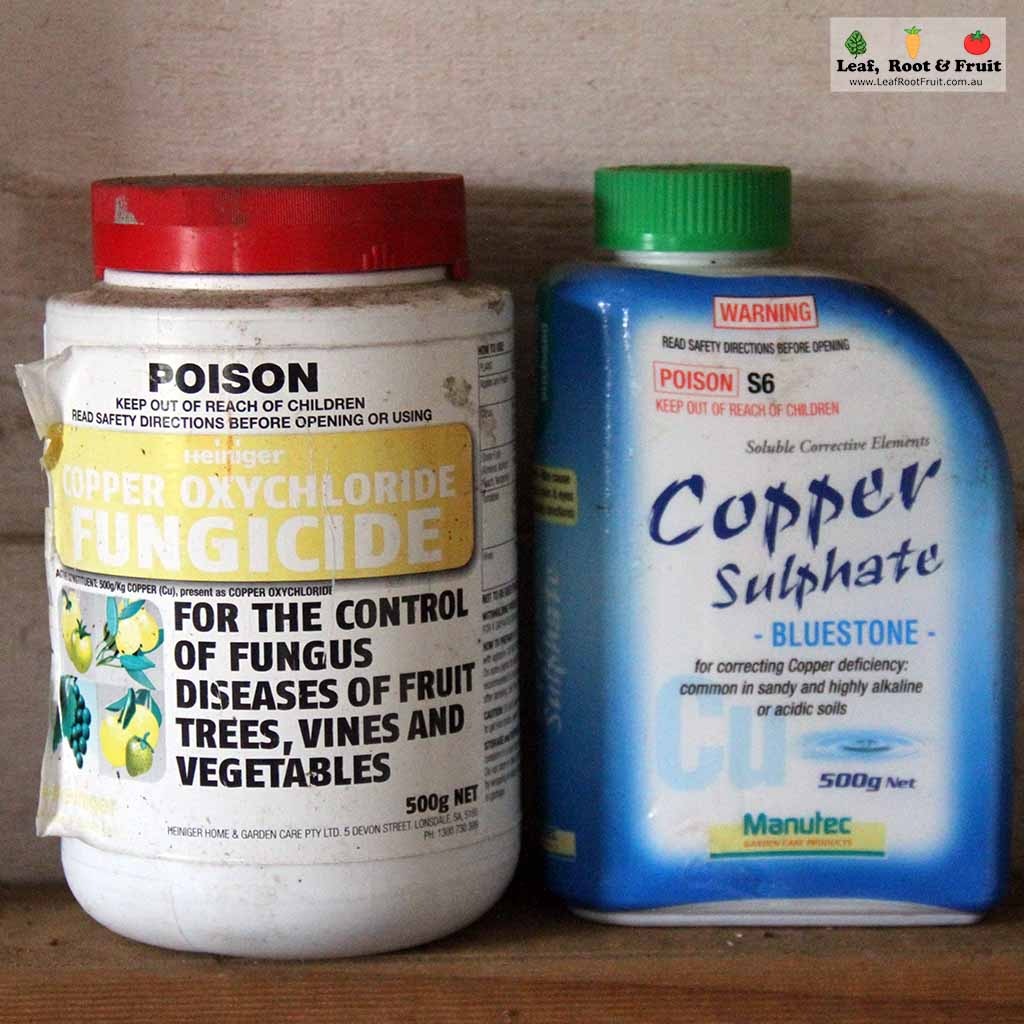
The traditional method to prevent Peach Leaf Curl is to spray the trees with a fungicide in winter while they are still dormant. Consider a follow-up spray again a few weeks later (as the buds begin to swell, but before the flowers open). You need to spray enough to cover all the bare tree branches so that they are dripping with spray.
There are many commercially available fungicide sprays at your local nursery or hardware store. However, if you’d like to have a go at making your own, try this recipe for Bordeaux spray.
Leaf curl treatments burn fruit tree leaves, which is why they must be applied during winter dormancy before flower buds or leaves open.
Alternatively, don’t spray them at all! I’ve observed that some years are worse than others for Curly Leaf infestation. This variation is mostly linked to environmental conditions, such as humidity, rainfall and wind.
If weather conditions are cool and wet when leaves are first opening on the tree, then the disease will have a greater impact.
During La Nina years or those with high rainfall in August and September, most peach and nectarine trees seem to suffer from curly leaf. This is regardless of whether they have been treated with a fungicide, or not. In drier years, where not many trees suffer Curly Leaf symptoms, we again notice that trees that have been sprayed exhibit similar symptoms to those that haven’t. In short, I don’t believe that spraying trees for Curly Leaf has much of an impact on the outcomes.
The fungicides have high levels of copper, it may be worth avoiding their use to prevent a build up of copper in your soil. Your soil food web should be a thriving, living ecosystem full of all sorts of microrganisms, including fungi. Heavy handed applications of copper based sprays can lead to the spray coming in contact with the soil, impacting the soil biology.
I believe the biggest influence on Curly Leaf infestation is local climatic conditions. These can be exacerbated, or reduced, through the position and micro-climate into which susceptible trees are planted.
Increasing Airflow and reducing Humidity to Help Control Curly Leaf
Many plant diseases, including Curly Leaf are caused by fungal pathogens. Most of these fungal pathogens prefer to grow in moist conditions. Overcrowded gardens, heavy spring rainfall and other microclimatic conditions can increase the humidity around plants. This high humidity promotes the growth of fungi and can increase the likelihood of Leaf Curl disease in your plants.
Increasing airflow around your garden can help to decrease humidity and reduce the incidence of fungal diseases such as Leaf Curl. This can be achieved by ensuring fruit trees and other plants are adequately spaced in your garden. Avoid the temptation to squeeze “just one more” fruit tree into the space… “less is more!”. Placing a peach or nectarine tree in a part of your garden with poor airflow and/or limited morning sun will increase its susceptibility to Curly Leaf. So careful garden design is the key to minimising the influence of Curly Leaf.
Morning sun is preferred over afternoon sun in the garden. This is because the morning sun is more likely to dry out any dew that has accumulated on the plants overnight. Plants that don’t receive morning sun may stay damp for longer in the day. This moisture allows fungal diseases a better chance to take hold. Avoid watering the foliage of plants aim to water the soil directly. Watering in the morning rather than the evening can also help reduce humidity around your plants. The high humidity and cooler weather in spring invariably leads to outbreaks of fungal issues such as Curly Leaf in peaches and nectarines.
You can also prune the tree to open it up and increase airflow through the canopy. See my guide to pruning fruit trees for more information.
Choosing varieties that are less affected by Curly Leaf
Some varieties of peaches and nectarines seem more prone to the disease than others. For example, the Superdwarf range of these trees (such as the Trixie Peach) are extremely susceptible to Peach Leaf Curl. Other varieties seem more resilient to the disease and less likely to show symptoms (or only minor symptoms) in drier spring years.
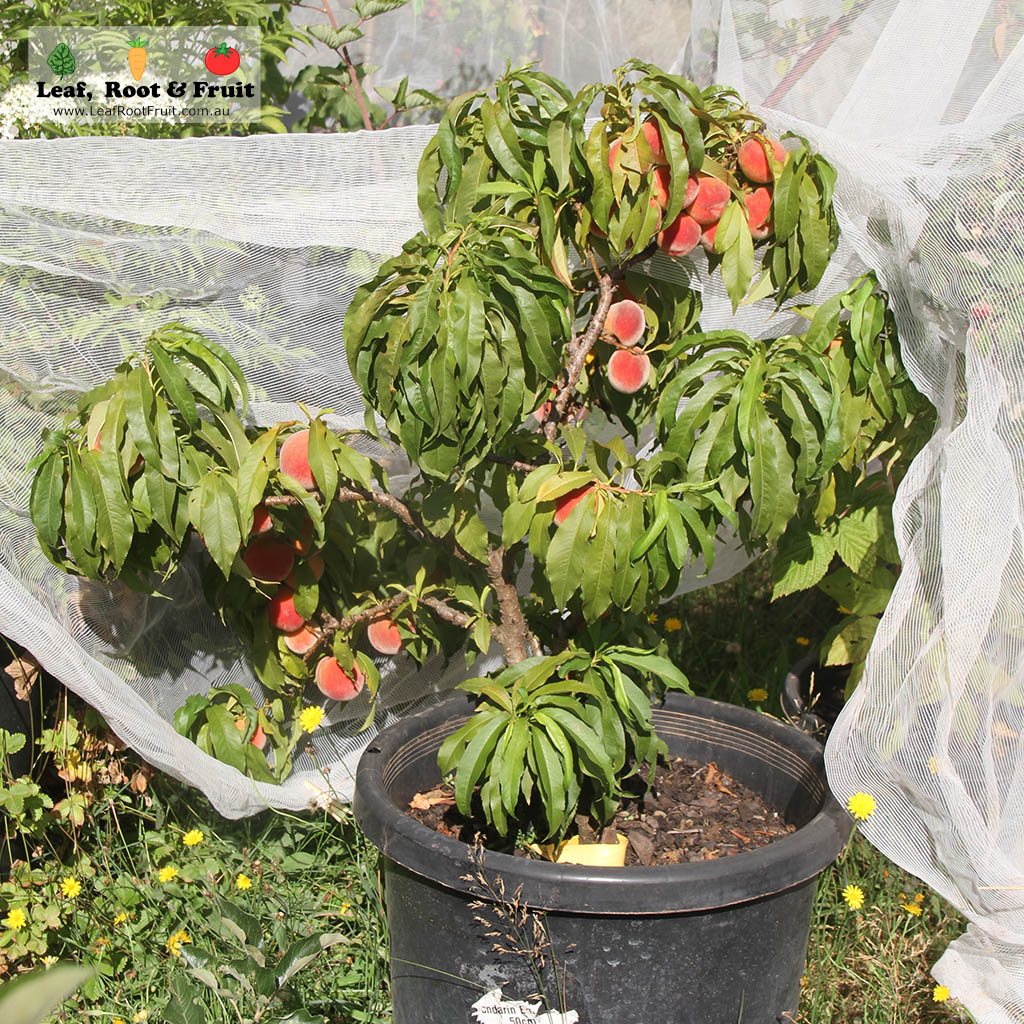
Which varieties are resistant to Curly Leaf?
The spring of 2023 provided us with mild conditions in the garden. Soil temperatures were warm and the rainfall was below average. The dry conditions reduced the ability for the Peach Leaf Curl fungus to proliferate in backyard orchards across Victoria.
Varieties such as Nectarine Goldmine has virtually no affected foliage. Yet more susceptible trees such as Nectarine Royal Gem are covered in a severe infestation.
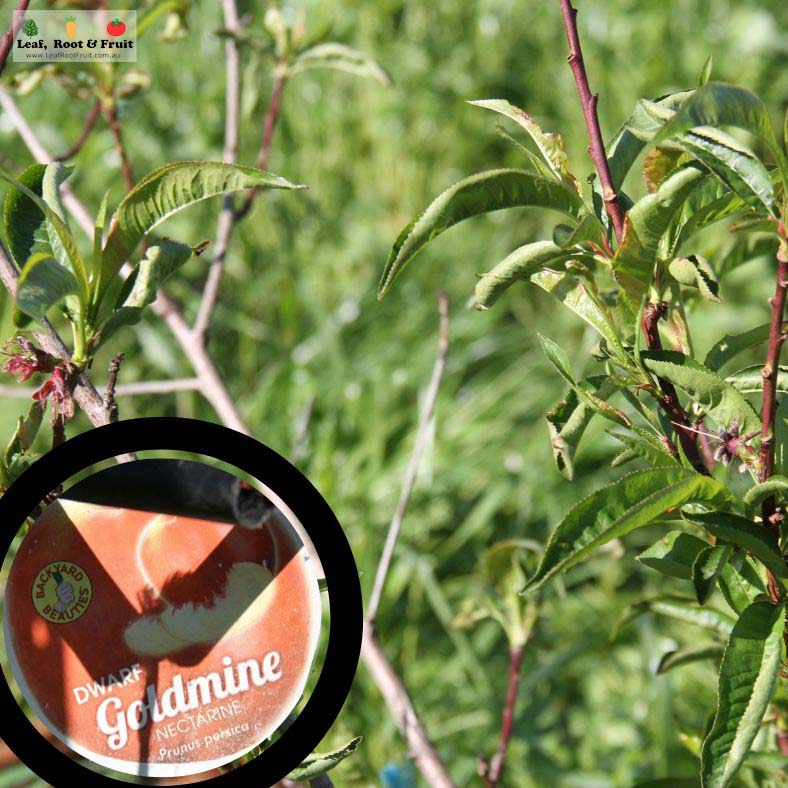
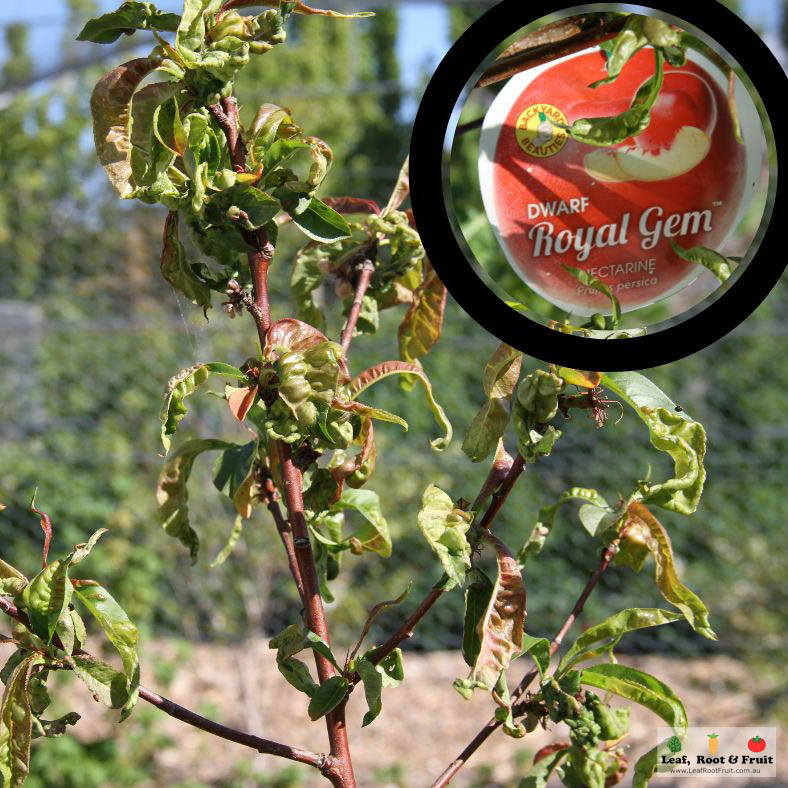
This presents us with an opportunity to undertake a citizen science project to identify the varieties that are more resistant. We can also avoid those susceptible varieties which will probably be affected in every year, regardless of the weather conditions. Thanks to the feed back from many of my readers, we have put together this list of peach and nectarine varieties. Please keep adding your observations in the comments section below and I’ll continue to update the list.
Strong resistance to Curly Leaf
- Indian Peach
- ANZAC Peach
- Goldmine Nectarine
Some resistance to Curly Leaf
- Trixie Super Dwarf Peach
- Peacharine
- Sundowner Nectarine
- Tuscany Nectarine
Severely affected by Curly Leaf
- Golden Queen Peach
- O’Henry Peach
- Red Haven Peach
- Sunset Dwarf Peach
- Fantasia Nectarine
- Royal Gem Nectarine
- Trixie Dwarf Nectarine
Don’t just focus on disease resistance. When choosing fruit trees for your backyard orchard you also need to consider the ripening time of your variety and the rootstock that it is grafted onto.
How to Treat Peach Leaf Curl?
There are quite a few suggested remedies for treating the affected foliage. One of the main ones is to remove all affected foliage and burn or bin it. The idea being that this will reduce the fungal spore load in the soil and on the tree. Doing so should reduce the impact in future years.
As mentioned above, the fungal spores are naturally occurring in your garden, so you cannot eradicate them. Reducing the spore load, may have a very minor effect on your tree. Given how quickly the fungal pathogen reproduces in spring, I don’t believe this is an effective use of time and energy.
The tree will naturally abort affected leaves in early summer and grow new foliage. By all means rake up the fallen leaves and put them in your FOGO bin. However, I would prefer to allow the leaves to decompose on the soil surface and feed the soil biology.
Another recommendation is to spray the tree with Seasol to help it recover. Again, I’m not sure how much benefit this “tonic” will give the tree given the nature of the infestation.
The Bottom Line for Peach Leaf Curl...
Peach Leaf Curl can look quite horrific on your tree. However, I don’t believe that it has a huge impact on the long term health or productivity of the tree. Most trees affected by this crop still produce and abundance of fruit. The disease does not usually affect the quality of the fruit.
I don’t see much point investing energy in treatments such as picking off affected foliage or copper based sprays. Instead more time should be given to careful garden design.
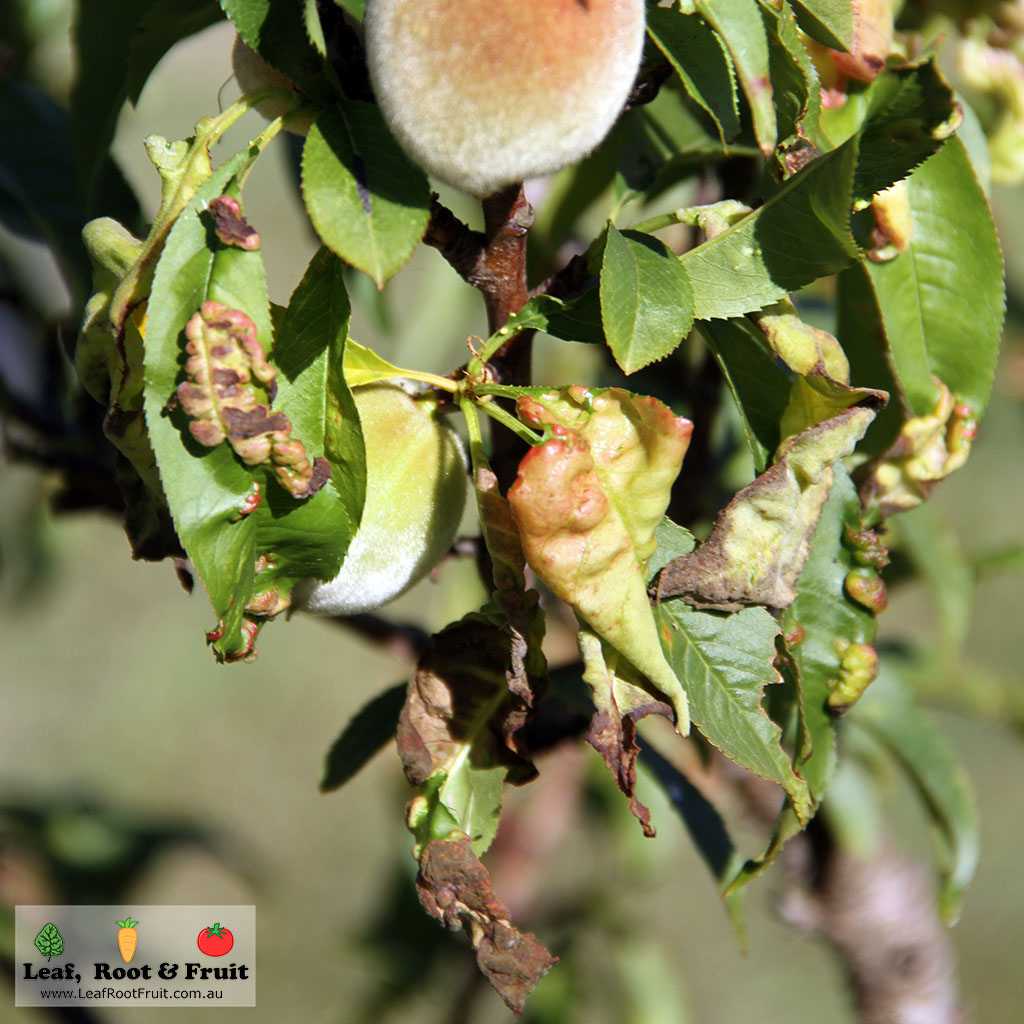
Influencing the microclimate can help, especially increasing the airflow to help reduce the humidity that the tree experiences in spring. Prune the tree to increase airflow and reduce the growth of other nearby plants. Prevention is better than cure.
Otherwise, just relax knowing that productivity is not greatly affected. Provided you beat the birds you will still pick plenty of delicious, juicy fruit!
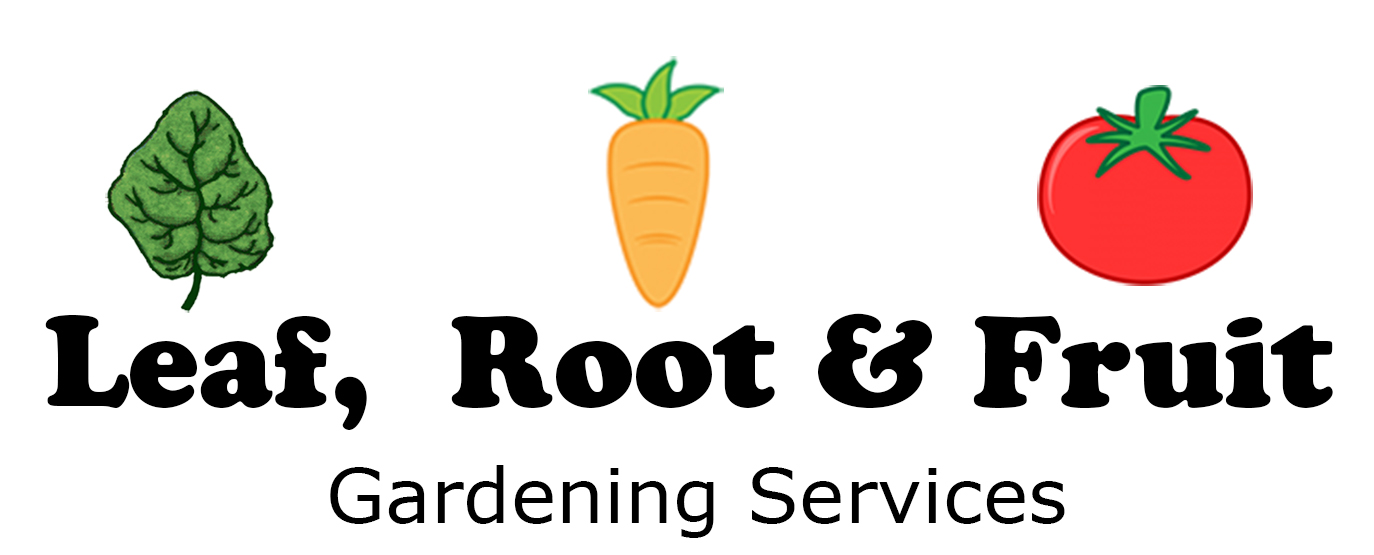

Good on you Duncan, good info and good website , was checking how to deal with peach tree curly leaf, cheers Rog
Glad you found it useful Roger. Happy Gardening
What is the curly leaves on the citrus trees? Is it the leaf miners?
Thank you
Hi Jane,
Without seeing the tree or the leaves it is difficult for me to diagnose. It is most likely leaf miner. Check out my guide to issues with citrus trees for more information. Hopefully that will help you to diagnose the issue.
Happy gardening
Duncan
I received a delivery of x1 Mariposa dwarf plum tree this week and sadly it arrived badly affected (80-90%) by leaf curl plum aphid. I contacted the nursery and they said it’s common at the moment due to the weather and to treat with sulphur. It is a bit disappointing as I wouldn’t have selected it if I’d been shopping in-store and seen its condition. I am not sure if I should treat it or try to return it.
But the good news is that I also received a really lovely Moorpark dwarf apricot tree and White Adriatic fig which has already started to fruit!
: )
Hi Sarah,
That’s a shame, but yes the plum aphid is pretty severe this year.
The tree should recover without treatment. My plum trees are covered in lady birds who are taking care of the problem for me!
Happy gardening!
Duncan